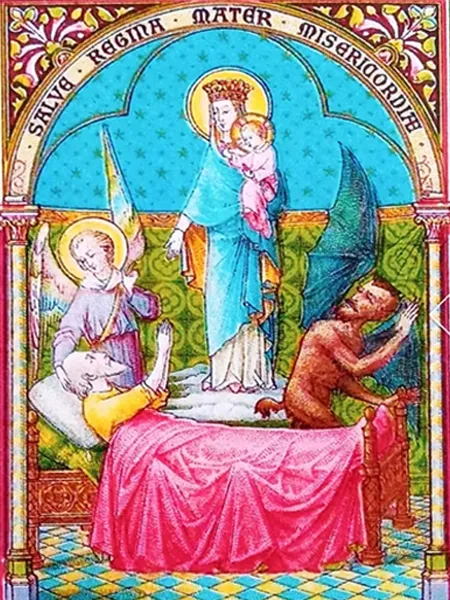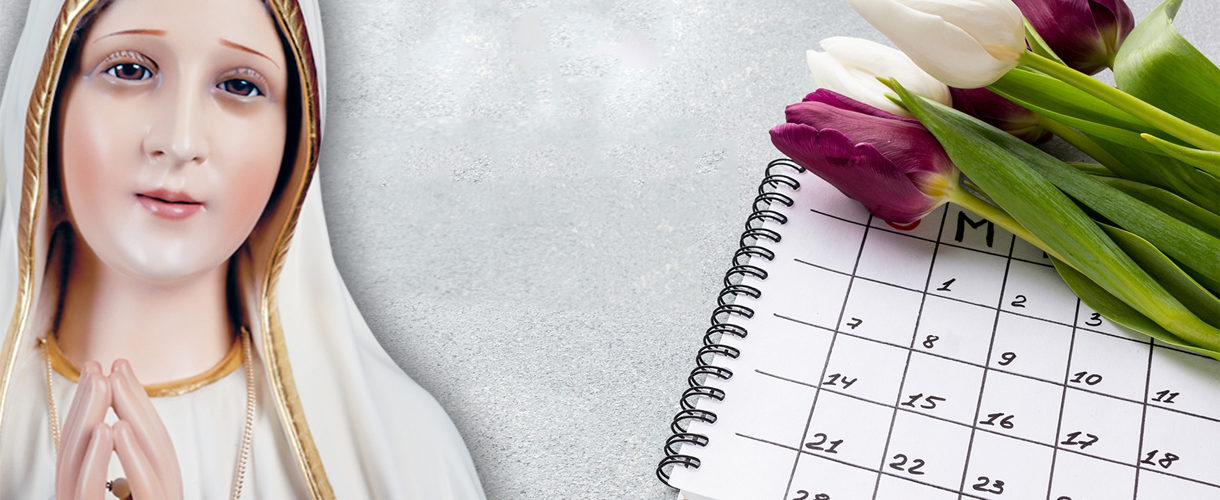
Our Lady Of Supreme Pardon
Country :
Year :
In the eleventh and twelfth centuries, most of the kings were warriors. They were interested in fighting rather than in being educated. Many of them could hardly read or write.
The queens, however, were often educated. Many of them could speak several languages; all of them were women of culture. Queens, then, were frequently great powers in the governments.
If a man was condemned at a trial, and on the way to his execution he were to meet the queen, he could redeem himself in a very curious manner. Throwing himself at the feet of the queen, he would beg mercy somewhat in the following way, by saying, “hail, queen, mother of mercy, my life and my hope.”
This is the picture in the mind of the Church, when she, too, greets Mary, the Queen of Heaven, in the great anthem, “Hail Holy Queen, Mother of Mercy, our life, our sweetness, and our hope. To thee do we cry, poor banished children of Eve; to thee do we send up our sighs, mourning and weeping in this valley of tears. Turn then, most gracious advocate, thy merciful eyes upon us; and after this our exile, show unto us the blessed fruit of thy womb, Jesus. O merciful, O loving, O sweet Virgin Mary.”
Sinners cast themselves at the feet of their heavenly Queen, for if earthly queens can be so powerful, granting such supreme pardon, why not the Queen of Heaven, she who is indeed and in truth, Our Lady of Supreme Pardon to us sinners.



